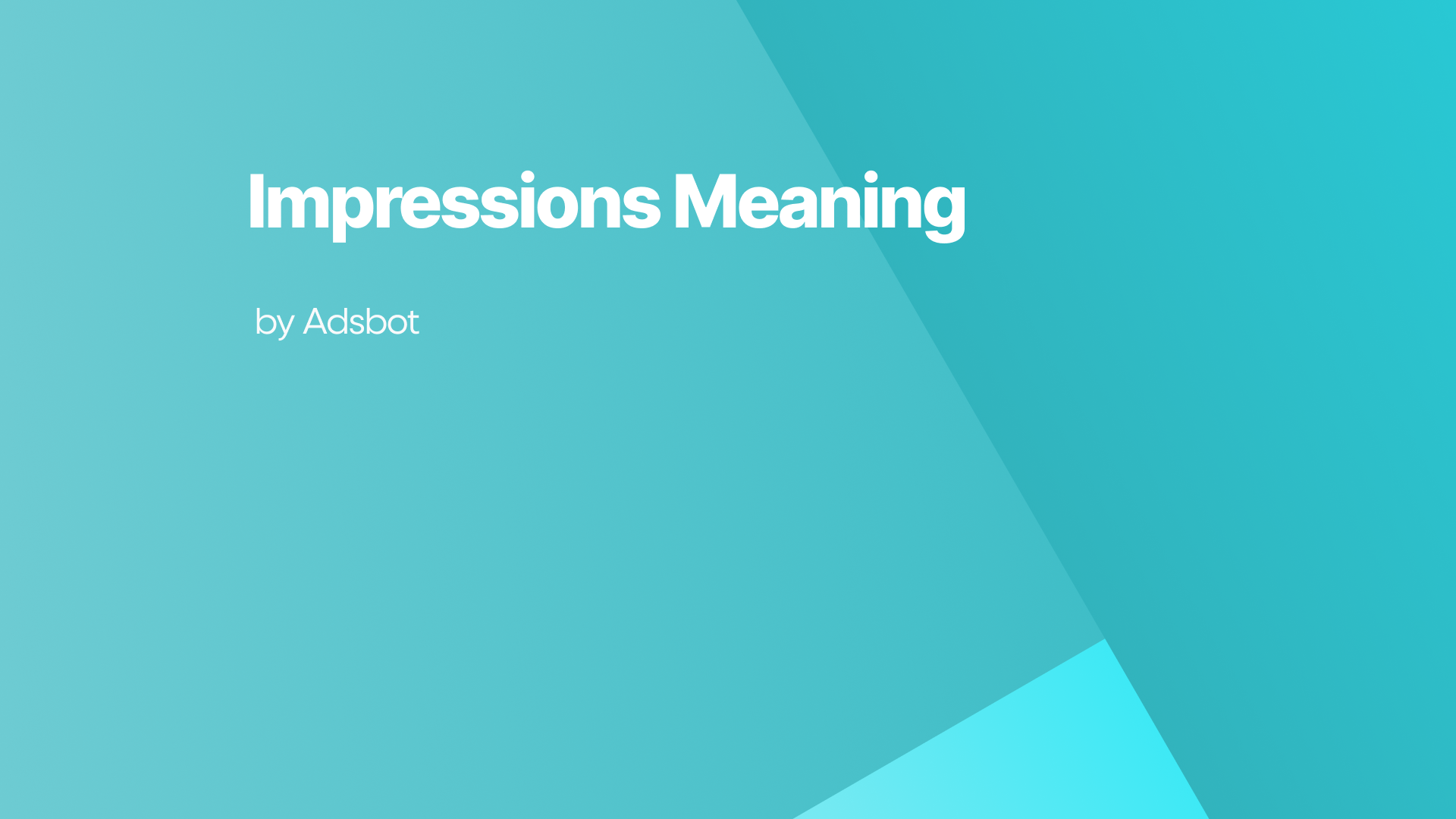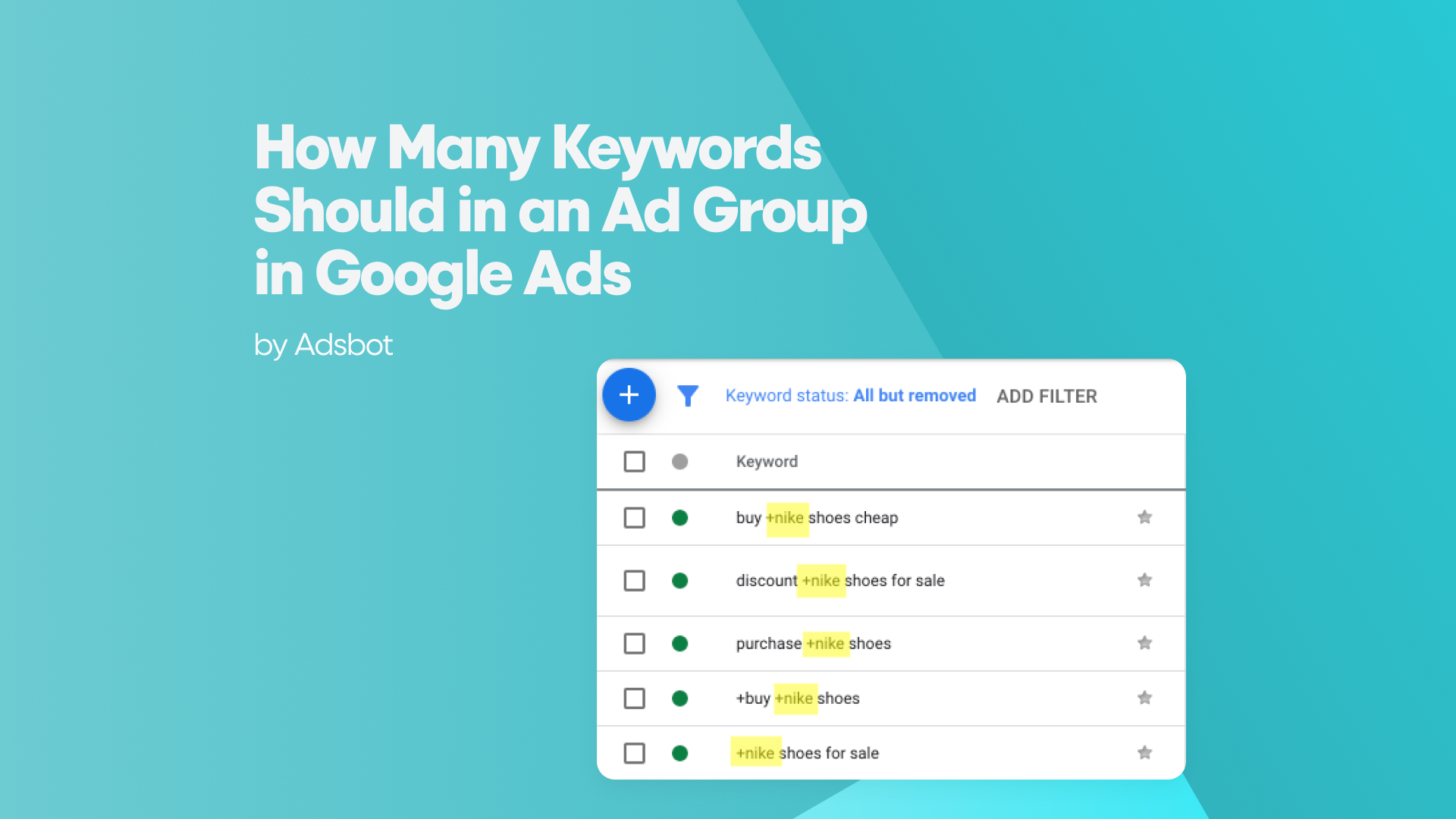In the dynamic and ever-evolving world of digital marketing, one term that holds significant weight is “impressions.” This seemingly simple metric carries profound implications for businesses striving to establish their presence and make a lasting impact in the digital sphere.
The Definition of Impression
At its essence, an impression represents the display of an advertisement or piece of content on a user’s screen. It signifies the moment when an ad is served to a user, regardless of whether they actively engage with it or simply scroll past it. In essence, an impression is akin to a brief glimpse—a fleeting exposure to a brand’s message or content as it momentarily captures the user’s attention amidst the digital cacophony.
Understanding the intricacies of impressions involves delving into the broader concept of reach—the extent to which a brand’s message or content is disseminated and encountered by its target audience. Each impression represents a potential touchpoint—a fleeting yet valuable opportunity for a brand to leave an indelible mark on the user’s consciousness, laying the groundwork for future interactions and engagement.
Impressions vs. Clicks
In the intricate tapestry of digital advertising, impressions and clicks emerge as fundamental metrics, each offering unique insights into user behavior and campaign performance. While impressions quantify the breadth of exposure—an indication of how many times an ad was displayed to users—clicks delve deeper, measuring the depth of engagement by tracking the number of users who actively interacted with the ad through a click.
At first glance, clicks may appear to reign supreme as the ultimate measure of engagement, signaling a user’s willingness to delve deeper into the content and take action. However, beneath the surface lies a nuanced interplay between impressions and clicks, each playing a pivotal role in shaping user behavior and driving campaign outcomes.
Impressions serve as the cornerstone of brand visibility and awareness, casting a wide net of exposure that lays the foundation for subsequent interactions and conversions. With each impression, a brand’s message or content is disseminated across digital channels, permeating the user’s consciousness and fostering familiarity and recall.
In contrast, clicks represent a deeper level of engagement—a tangible indication of user interest and intent to explore further. When a user clicks on an ad, they signal their readiness to delve deeper into the content, seeking more information or taking action—a pivotal moment in the user journey that can lead to conversions and meaningful interactions.
Yet, it’s essential to recognize that the journey from impression to click is not always linear or immediate. Users may be exposed to multiple impressions before finally clicking on an ad, indicating a gradual process of awareness-building and consideration. As such, while clicks offer valuable insights into user engagement, they are inherently intertwined with impressions, with each impression laying the groundwork for subsequent clicks and conversions.
Why are Impressions Important?
In a digital landscape teeming with competing messages and distractions, impressions emerge as indispensable assets in the arsenal of brand building. Each impression represents a fleeting yet invaluable opportunity for a brand to assert its presence, imprinting its message or content onto the user’s consciousness amidst the digital cacophony.
Beyond merely capturing attention, impressions wield significant influence in shaping user perceptions, attitudes, and behaviors towards a brand. Through strategic and consistent exposure, brands can cultivate brand awareness, establishing a prominent foothold in the minds of their target audience. By ensuring that their message is consistently delivered across various touchpoints, brands can foster a sense of familiarity and recall—a critical foundation for building trust and credibility.
Moreover, impressions lay the groundwork for long-term relationships and customer loyalty. By maintaining a visible presence in the digital sphere, brands can nurture ongoing engagement with their audience, reinforcing their value proposition and staying top-of-mind. This continuous exposure not only solidifies brand recall but also fosters a sense of trust and reliability—a cornerstone for establishing enduring relationships with customers.
Impression-Level Ad Revenue
Impression-level ad revenue represents a pivotal facet of the digital advertising ecosystem, offering a nuanced perspective on the monetization of ad placements and the symbiotic relationship between publishers and advertisers. At its core, impression-level ad revenue refers to the revenue generated by displaying ads to users, irrespective of whether they actively engage with them or simply passively view them.
This revenue model, prominently featured in display advertising, provides a cost-effective avenue for advertisers to reach their target audience while simultaneously furnishing publishers with a steady stream of income predicated on the volume of impressions served. Unlike click-based revenue models, which hinge on user interaction, impression-level ad revenue ensures that publishers are compensated for the mere act of displaying ads, thereby mitigating the risk associated with low click-through rates and maximizing the potential return on investment (ROI).
While clicks undoubtedly remain a vital metric for gauging ad performance and ROI, impression-level ad revenue introduces an additional revenue stream that offers distinct advantages for both publishers and advertisers alike. For publishers, monetizing impressions represents an opportunity to maximize the value of their digital real estate, leveraging their audience reach and engagement metrics to attract advertisers and command premium rates for ad placements.
Simultaneously, impression-level ad revenue affords advertisers the opportunity to amplify their brand reach and visibility without solely relying on click-based engagement metrics. By harnessing the expansive reach of impressions, advertisers can ensure widespread exposure for their brand messaging, cultivating brand awareness and recall among their target audience—a critical component of long-term brand building and customer acquisition strategies.
Conclusion
In conclusion, impressions serve as the building blocks of brand visibility, recognition, and engagement in the digital landscape. By understanding the nuances and implications of impressions, businesses can craft strategic marketing campaigns that resonate with their target audience, drive meaningful interactions, and ultimately, propel their brand towards success in the competitive digital marketplace. As the digital ecosystem continues to evolve and present new challenges and opportunities, the strategic mastery of impressions remains a cornerstone of digital marketing excellence, guiding businesses towards sustainable growth and prominence in the digital age.
Popular Posts
-
Google Ads Script for Dummies: An Introduction
Imagine you have an e-commerce website that sells licensed superhero…
Read more -
How Many Keywords Should in an Ad Group in Google Ads?
Are you new to Google Ads and trying to…
Read more -
Google Ads Character Limits
Google Ads has character limits for various elements of an…
Read more -
Google Ads Sitelink Character Limits
Are you looking to maximize your Google Ads campaigns?…
Read more
Register for our Free 14-day Trial now!
No credit card required, cancel anytime.





